There were glimpses of spring on our Tuesday walk, despite the recent return of winter temperatures. Krysti Sabins, who maintains a website called Unboring Exploring, shared a few shots she took that day. Many thanks to her. Visit her website here.

There were glimpses of spring on our Tuesday walk, despite the recent return of winter temperatures. Krysti Sabins, who maintains a website called Unboring Exploring, shared a few shots she took that day. Many thanks to her. Visit her website here.
 In a new report, Peeling Back the Eco-Labels: A Comparison of FSC and SFI Forest Certification Program Audits in Canada, ForestEthics quantifies the ways in which the SFI auditing system is weaker and less transparent than that of the FSC (Forest Stewardship Council) by studying the two systems in Canada.
In a new report, Peeling Back the Eco-Labels: A Comparison of FSC and SFI Forest Certification Program Audits in Canada, ForestEthics quantifies the ways in which the SFI auditing system is weaker and less transparent than that of the FSC (Forest Stewardship Council) by studying the two systems in Canada.
Read the article by Bill Walsh in Healthy Building News
Last week, at the 19th annual Plant-o-Rama, a symposium and trade show held by the Brooklyn Botanical Garden, the keynote speaker, an ecologist, told the crowd that beauty is not enough.
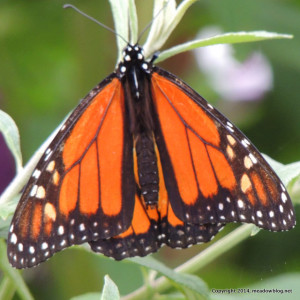 “We have to raise the bar on our landscapes,” said Mr. [Douglas] Tallamy, a professor and chairman of the department of entomology and wildlife ecology at the University of Delaware. “In the past, we have asked one thing of our gardens: that they be pretty. Now they have to support life, sequester carbon, feed pollinators and manage water.”
“We have to raise the bar on our landscapes,” said Mr. [Douglas] Tallamy, a professor and chairman of the department of entomology and wildlife ecology at the University of Delaware. “In the past, we have asked one thing of our gardens: that they be pretty. Now they have to support life, sequester carbon, feed pollinators and manage water.”
I’ve been part of the NJMC’s Parks Group for more than 20 years and this has always been our mission. From the earliest days at DeKorte Park, we have carefully selected plants to attract and support wildlife, control erosion, teach environmental education, be self-sustaining, AND be beautiful. It wasn’t easy back in the late 1980s when many native plants were simply not available in nurseries. Natives have gained a lot ground (pun intended) since then, and it’s great to know that the nursery industry is hearing the message.
Read the full NYTimes article.
With a foot of crusty snow on the ground and a wind-chill around two degrees, many of us may not be thinking about trimming our trees and shrubs. But serious gardeners and landscape maintenance staffs are. Late winter, before plants burst into spring growth, is generally an ideal time to prune. This is especially true for deciduous plants, whose architecture is clearly visible once they’ve shed their leaves.
But don’t worry if you’re not inclined to start your gardening season wearing snowshoes. There are lots of berries and seeds on those plants, and this is a critical time of year for the critters who depend on them. It’s slim pickings out there! So consider it an act of wildlife protection to put off until tomorrow what you might do today.
We’ll talk about pruning in the coming weeks. For now, I recommend a cup of hot chocolate and a pair of binoculars at your kitchen table. You can watch the critters feast while you contemplate your pruning strategy.
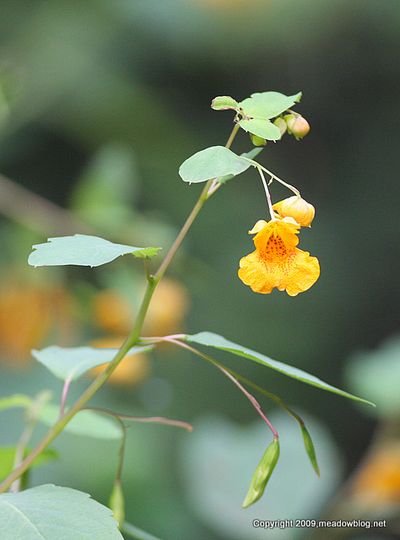 Jewelweed is blooming all along the trail by the Kearny Marsh at Gunnell Oval.
Jewelweed is blooming all along the trail by the Kearny Marsh at Gunnell Oval.
The plant is also called a "Touch-Me-Not" or Popper.
The reason: When you touch the seed pod (lower right), the pod pops and the seed goes flying — an ingenious way to transport seeds away from the plant.
Jewelweed is native, and very popular with Ruby-throated Hummingbirds.
It is used to treat Poison Ivy.
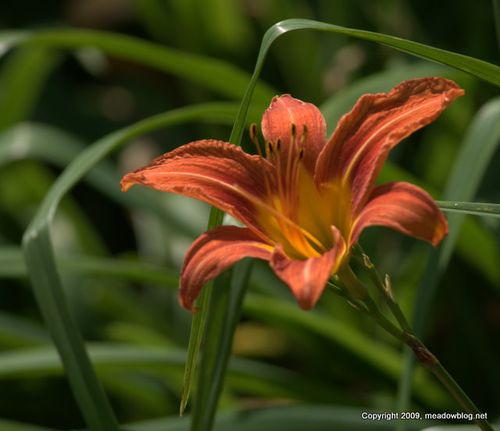
We saw our first DeKorte Daylily this afternoon.
More on Daylilies here.

Next time you visit DeKorte Park, you may notice algae floating in the Kingsland Tidal Impoundment.
We asked Dr. Francisco Artigas, head of the Meadowlands Environmental Research Institute, what was up with that, and he said not to worry:
"This is well known seasonal phenomena we experience in this particular basin in the Meadowlands."
Click "Continue reading…" to learn more.

This spring, when you visit DeKorte Park, you can enjoy the plantings even more.
If you'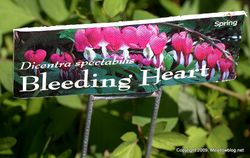 re not a flora fanatic, you may often see a plant or bud that you have trouble identifying. No more.
re not a flora fanatic, you may often see a plant or bud that you have trouble identifying. No more.
The Meadowlands Commission has been busy creating signs to go with the plants, so in most cases you'll be able to stop guessing. Those beautiful flowers above, are Bleeding Hearts, as the nearby sign explains.
The idea is to make the park as enjoyable — and educational — as we can.
Click "Continue reading…" to see more plants in their finery.
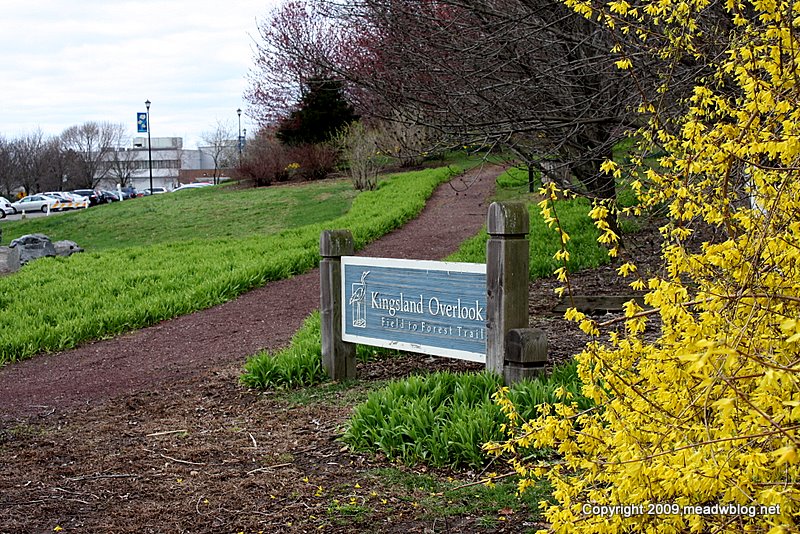
If you are looking for a great place for a spring walk, look no farther than DeKorte Park, which is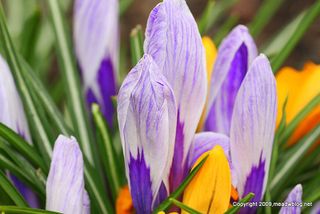 just starting to burst with blooms.
just starting to burst with blooms.
Above is the start of the Kingsland Overlook Trail just inside the main gate, including the forsythias.
On the left is a close-up of crocuses one of the many gardens that are coming to life.
(Almost forgot — there are plenty of great birds arrriving as well!)
The trails at DeKorte are open from dawn to dusk. The observatory is open to the public from 8 to 10 p.m. on Mondays and Wednesdays.
Click "Continue reading …" for more photos.